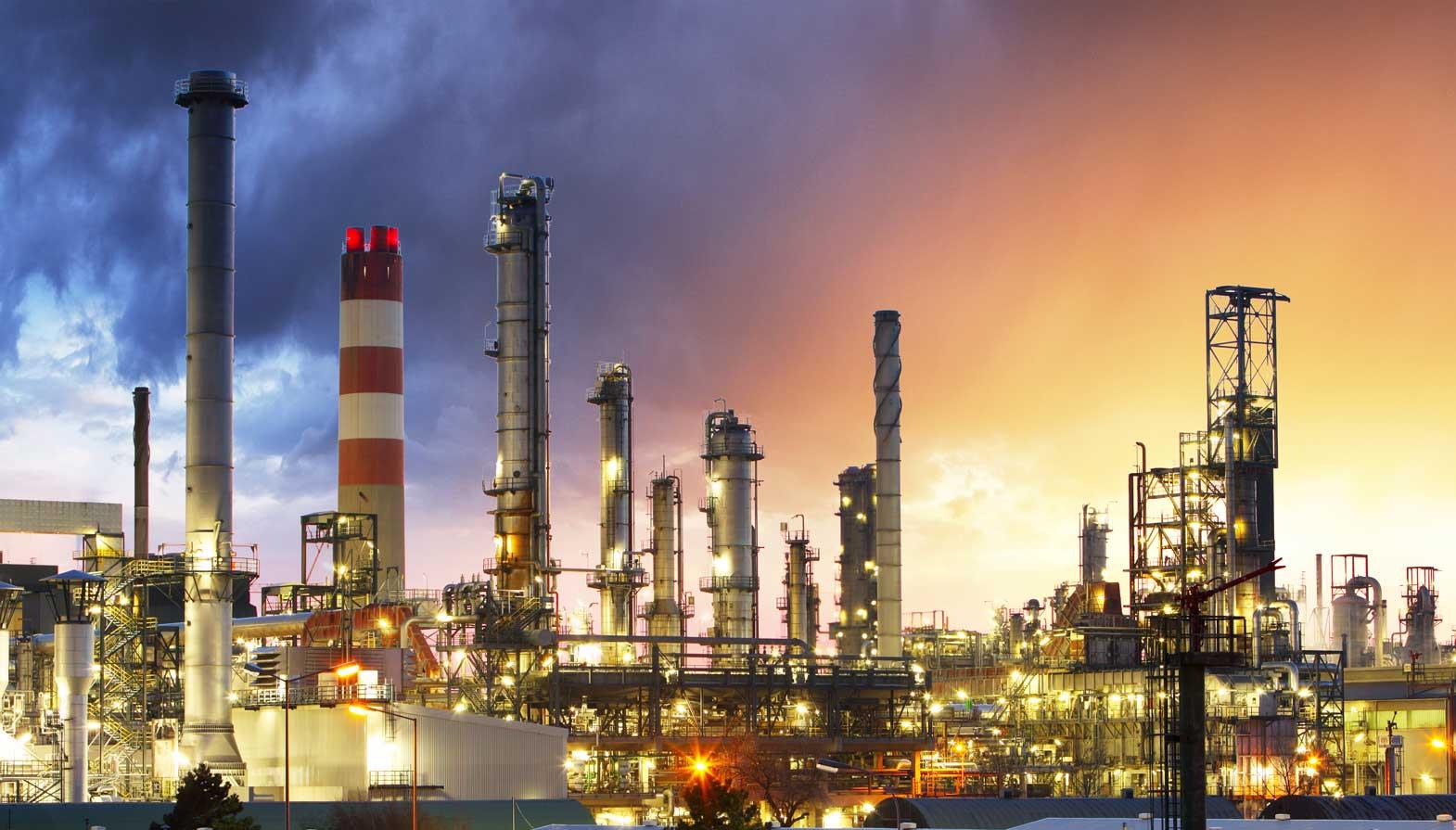Paraxylene is primary raw material used for manufacturing of PurifiedTerephthalic Acid (PTA) and Dimethyl-Terephthalate (DMT). Both, PTA and DMT areused in manufacturing Polyethylene Terephthalate (PET) saturated Polyester polymersand production of Polyester staple fibre and filament. The global production ofParaxylene in the year 2014 is estimated at 38,757.0KT and the consumption isat the level of 39,400.0KT. The total registered trade of Paraxylene is estimatedto be 54,494.5KT in the year 2014.
Source: Fibre2Fashion Analysis,Secondary Research
Asia being the biggest consumerof Paraxylene had the biggest demand supply gap of -3,800 KTin 2014, as shownin the figure above. In 2014, China; accounting for 47% of global Paraxyleneconsumption, was the major contributor to this demand supply gap in Asia. Chinamainly imported Paraxylene manufactured in the Middle East to fulfil itsdeficit. Asia being one of the fastest growing regions in the World attractedmajority of the Paraxylene manufacturers to expand their operation in theregion to gain from the growing demand in the region, especially in China.
|
Region |
2011 |
2012 |
2013 |
2014 |
2015 |
|
North America |
4,600.0 |
4,750.0 |
4,850.0 |
4,950.0 |
5,000.0 |
|
South America |
250.0 |
250.0 |
250.0 |
250.0 |
250.0 |
|
Europe |
2,400.0 |
2,600.0 |
2,600.0 |
2,650.0 |
2,700.0 |
|
Middle East & Africa |
3,800.0 |
3,950.0 |
4,100.0 |
4,500.0 |
4,800.0 |
|
Asia I Far East |
27,000.0 |
28,000.0 |
29,000.0 |
33,000.0 |
35,500.0 |
|
World |
38,050.0 |
39,550.0 |
40,800.0 |
45,350.0 |
48,250.0 |
Source: Fibre2Fashion analysis,Secondary research, Primary interviews
In the year 2014, the global Paraxylene surplus production was 6,866.0KT, this can be attributed to new Paraxylene capacity additions in the Middle East and China. Installed Paraxylene capacity is expected increase at a highest rate in Middle East due to lower cost of production. There is a large build-up of fresh Paraxylene capacity lined up in China along with Middle East and NE Asia, this fresh capacity increase is expected to become operational by the end of 2015, which will push down global operating rates to typical cyclical lows of 82%.
Asia Paraxylene supply vs Demand Growth (2011 - 2015)
Source: Fibre2Fashion Analysis, Secondary Research
Paraxylene Key Capacity additions
|
Year |
Country |
Company |
Capacity (KT) | ||
|
1Q13 |
Korea |
Cosmo Oil/ HC Petrochem, Daesan |
800 | ||
|
3Q13 |
China |
Tenglong Aeromatic ( Dragon), Zhangzhou |
800 | ||
|
3Q13 |
SE Asia |
TPPI, Indonesia |
550 | ||
|
4Q13 |
China |
Tenglong Aeromatic ( Dragon), Zhangzhou |
800 | ||
|
4Q13 |
China |
Sinopec Hainan Petrochemical, Hainan |
600 | ||
|
2013 |
Total |
|
3,550 | ||
|
1Q14 |
China |
Petrochina Sichuan, Sichuan |
650 | ||
|
1Q14 |
Middle East |
Aramco Total ( SATORP), Saudi Arabia |
700 | ||
|
2Q14 |
Korea |
SK Energy � JX Nippon, Ulsan |
1,000 | ||
|
3Q14 |
Korea |
SK Global Chemical, Incheon |
1,300 | ||
|
3Q14 |
Korea |
Samsung Total, Daesan |
1,000 | ||
|
3Q14 |
India |
OMPL, Mangalore |
920 | ||
|
3Q14 |
SE Asia |
Jurong Aeromatic, Singapore |
800 | ||
|
4Q14 |
Middle East |
JSC KazMunayGaz, Kazakhastan |
495 | ||
|
2014 |
Total |
|
6,866 | ||
|
1Q15 |
India |
Indian Oil Corporation, Vadodara |
370 | ||
|
2Q15 |
China |
Zhongjin Petrochemical, Ningbo |
1,500 | ||
|
2Q15 |
SE Asia |
PTT Global Chemicals debottlenec, Thailand |
100 | ||
|
3Q15 |
India |
Reliance Industries ltd, Dahej, Gujarat |
1,800 | ||
|
4Q15 |
Middle East |
Petro Rabigh |
1,350 | ||
|
4Q15 |
Korea |
GS Catex � Taiyo oil � Showa Shell, Yeosu |
1000 | ||
|
2015 |
Total |
|
6,120 | ||
|
2Q16 |
SE Asia |
Petro Viet-Indemitsu, Vietnam |
370 | ||
|
3Q16 |
SE Asia |
Hengyi, Brunei |
1,500 | ||
|
4Q16 |
Middle East |
Aramco |
100 | ||
|
4Q16 |
Middle East |
Taccaamol |
1,400 | ||
|
2016 |
Total |
|
4,800 | ||
Source: Fibre2Fashion analysis, Secondary research







Comments